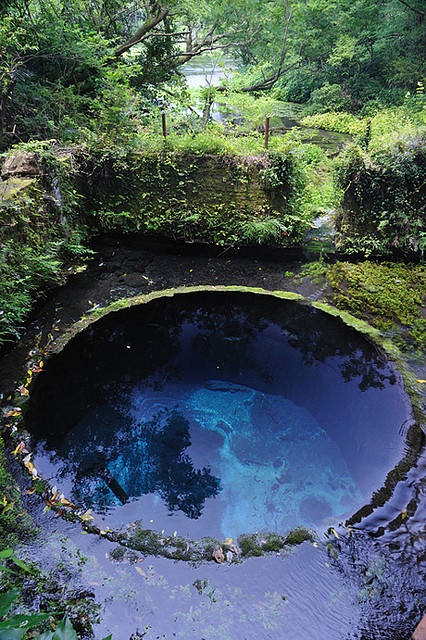Dear Integral Meditators,
What would happen if, just for a while, and on a regular basis were to put down both your fears AND your hopes? The article below explores this from a mindfulness perspective.
Final reminder of the workshop this Saturday in Singapore: March 19th, 2.30-5.30pm – Psychic & Psychological Self-Defence – Practical mindfulness meditation techniques for taking care of your energy, mind & heart in the face of the push & shove of daily life.
In the spirit of liberated hope and fear,
Toby
Much of the roller coaster that our mind and emotions are on during the day is due to the things we are hoping for, and the things we are afraid of. For example:
Hope: ‘If I can just get this job, I’ll be able to afford the lifestyle I want for me and my family’
Fear: ‘If I screw this talking engagement up, all the people attending are going to think I’m a jerk and laugh at me.’
The point of mindfully dropping our hopes and fears is not to get rid of them permanently, but rather:
- To awaken more fully to the possibilities of the present moment as we find it
- And to see that hope and fear are things that we can pick up and put down, rather than being an intrinsic part of every moment of our life.
When we drop hope and fear, we find ourself alert and present to the life that we find in front of us, rather than lost in fears and hopes regarding the past and future. In many ways we are in a much better position to ‘size the day’.
When we are not slaves to our hopes and fears, we can make better more conscious use of them – responding more intelligently to our fears, and planning more effectively with regard to our hopes and dreams.
You can do this practice in three simple stages:
1) Spend time mindfully observing the movement of your hopes and fears as they come and go on your mind. See how your addictive attachment and involvement in them causes you to get lost in your mind and less sensitive to the present as you find it.
2) Gently put down your fears and hopes for a set period of time. During this period the rule is simply that you don’t dwell on your hopes and fears, you just put them down and don’t pick them up.
3) At the end you can pick up your hope and fear again, but with the awareness that they are tools to be used by you, not masters whose voice you must obey.
Liberating yourself from your hopes and fears enables you to use and enjoy them better.
© Toby Ouvry 2016, you are welcome to use or share this article, but please cite Toby as the source and include reference to his website www.tobyouvry.com
Upcoming Courses at Integral Meditation Asia:
Ongoing on Wednesday’s, 7.30-8.30pm – Wednesday Meditation Classes at Basic Essence with Toby
Saturday March 19th, 2.30-5.30pm – Psychic & Psychological Self-Defence – Practical mindfulness meditation techniques for taking care of your energy, mind & heart in the face of the push & shove of daily life – A three hour workshop
Saturday March 26th, 9.30am-12.30pm – Living Life From Your Inner Center – Meditations for Going With the Flow of the Present Moment – A three hour workshop
Integral Meditation Asia
Online Courses * 1:1 Coaching * Live Workshops * Corporate











